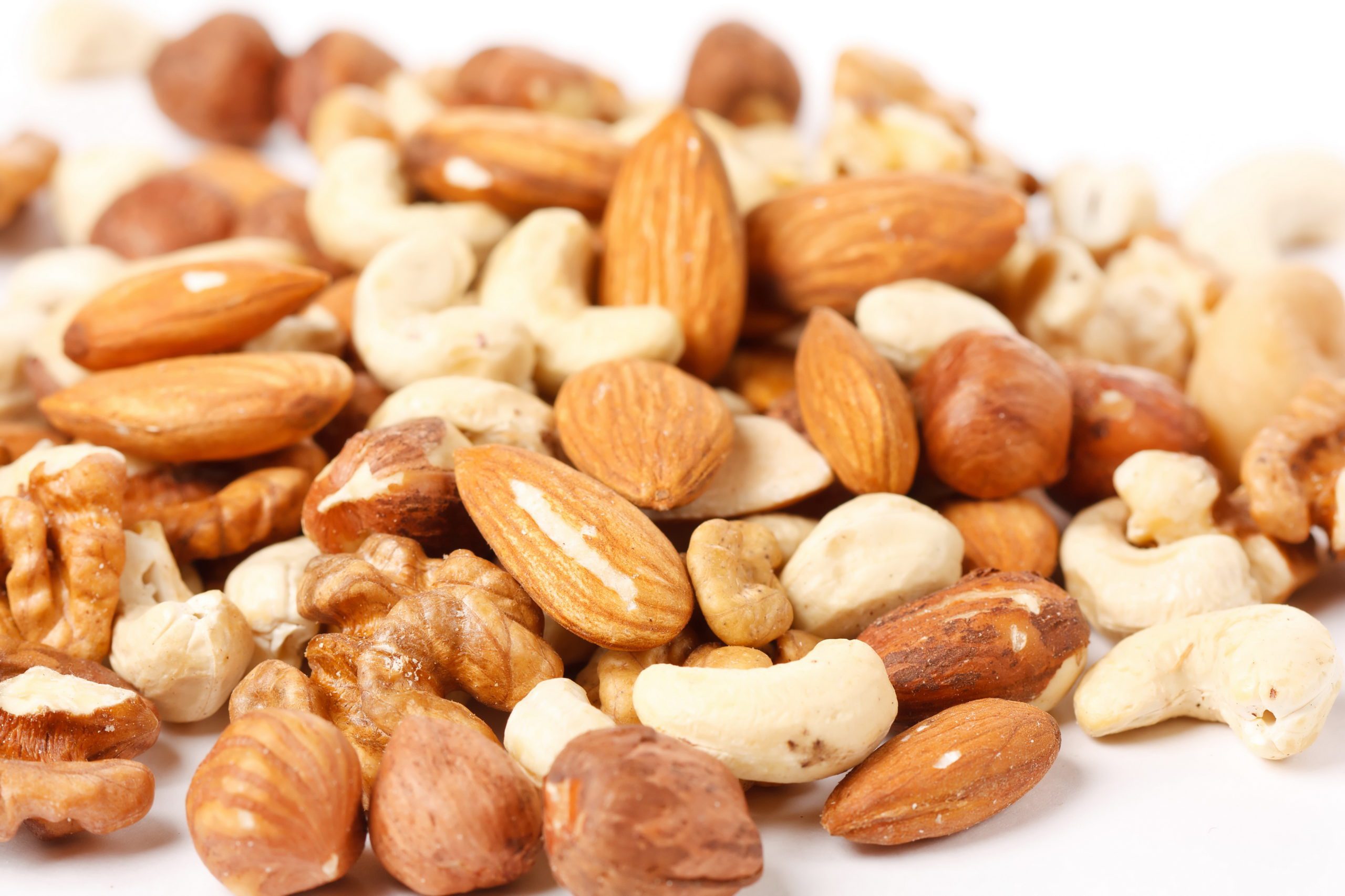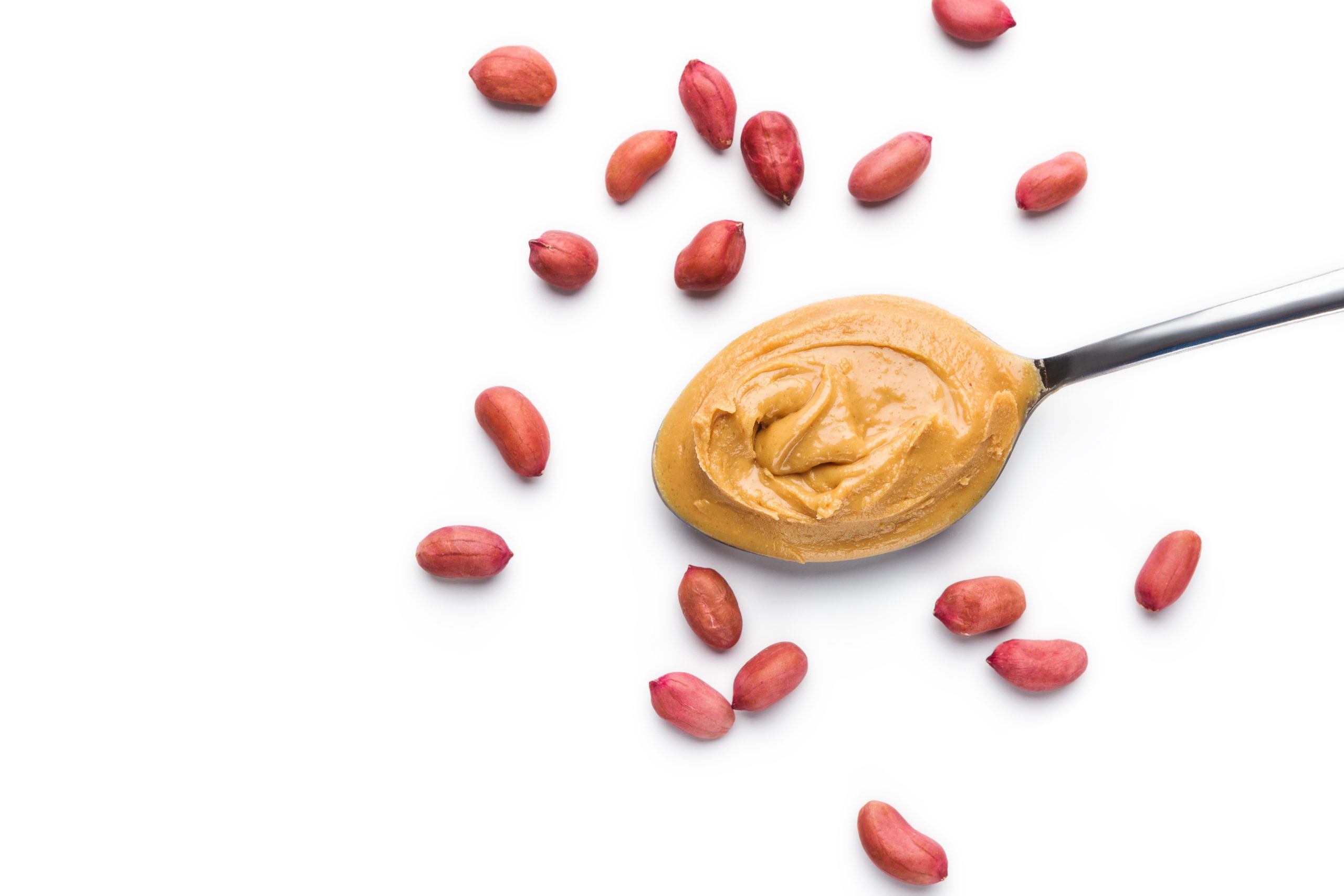Many schools have declared that they are “nut-free,” meaning that the one-time staple of kids’ lunchboxes — a peanut butter and jelly sandwich — is nowhere to be found on school grounds these days. That’s because peanuts can cause a life-threatening reaction in some people. Peanuts don’t have to be consumed to cause problems; peanut proteins in the air can affect people who are sensitive. Peanuts are one of the food allergens most commonly associated with anaphylaxis, a sudden and potentially deadly condition that requires immediate attention and treatment.
There are several misconceptions about peanut allergies. A peanut is a legume (belonging to the same family as soybeans, peas, and lentils), not a tree nut. And while it was previously believed that an allergy to peanuts was lifelong, research by the National Institutes of Health shows that about 20 percent of individuals with a peanut allergy eventually outgrow it.


The most severe allergic reaction to peanuts is anaphylaxis — a life-threatening whole-body response to an allergen. Symptoms include impaired breathing, swelling in the throat, a sudden drop in blood pressure, pale skin or blue lips, fainting and dizziness, and profuse vomiting. Unless treated immediately with epinephrine (adrenaline), typically administered in an auto-injector, anaphylaxis can be fatal.
Less severe symptoms include:
Diagnosing a peanut allergy is usually simple and straightforward. If a child/adult reacts when eating a peanut/tree nut, an allergy evaluation should occur. An allergist will usually do skin testing, which is safe and easy to perform. On some occasions, a blood test (RAST) will be done to help confirm the diagnosis or give us more information about prognosis, who is likely to outgrow the allergy.
There are times when testing is inconclusive, and your allergist will do a food challenge. While carefully monitoring the patient, the doctor will give small amounts of the suspected allergy foods in increasing doses. This procedure can take 1-6 hours.
The most exciting news in the food allergy peanut world is that we can now prevent the development of peanut allergies. We are evaluating children at high risk of developing peanut allergies in the first 11 months of life. If the baby has eczema, egg allergy, or has a sibling with a nut allergy, we will do allergy skin tests for foods.
If the test is negative, then we will give a peanut butter challenge in the office and start the child on an allergist-supervised peanut diet. This has been shown to decrease peanut allergy by 85%.